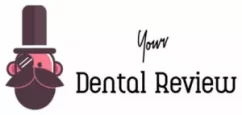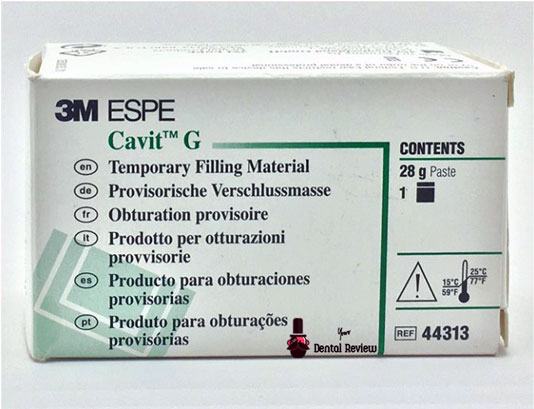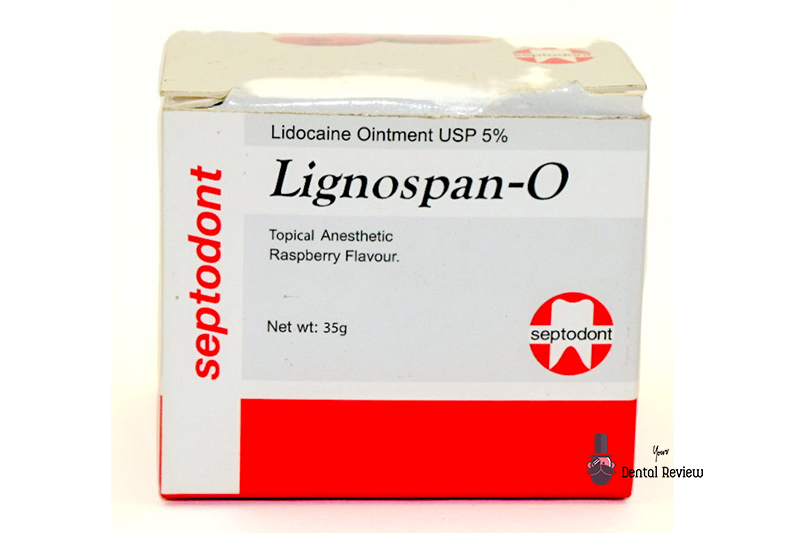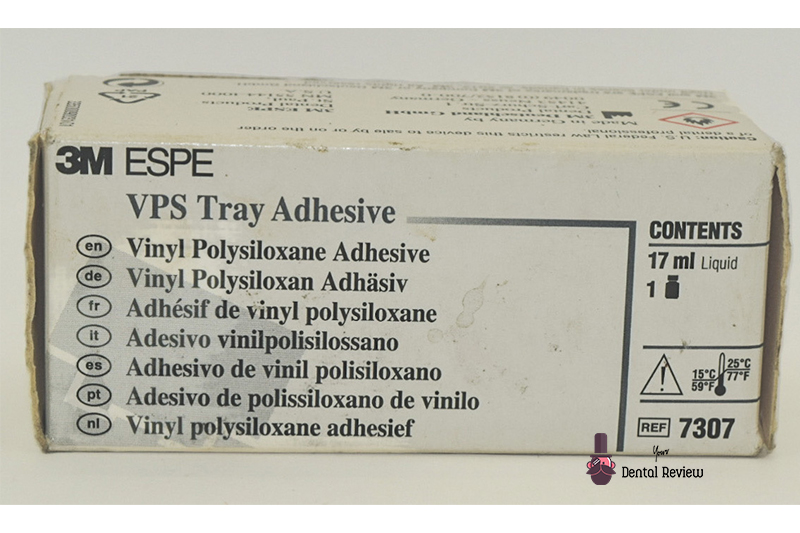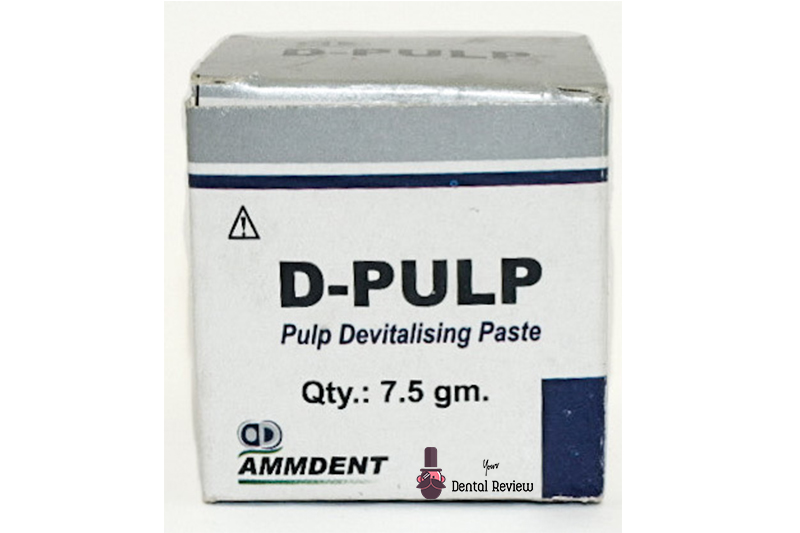3M Scotchbond Etchant is one of a kind low viscosity etchant used to etch enamel and dentin.
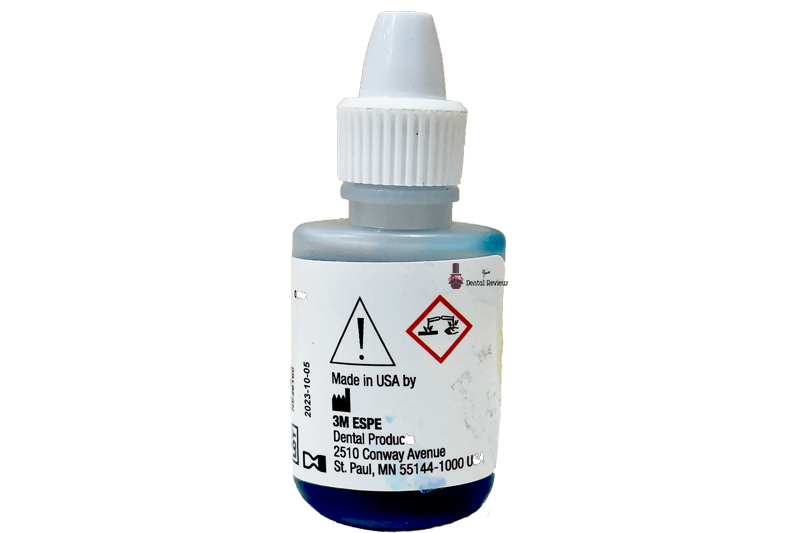
- Low viscosity thin fluid like consistency.
- Blue in colour.
- 37% phosphoric acid
- Available in bottle of 9ml
Pros:
- Due to its unique low viscosity, application of the etchant using an applicator tip is very easy as compared to other etchants, which are thicker in consistency.
- It can be used for both enamel and dentin etching.
- The blue colour helps in identifying the areas of application.
- As the etchant doesn’t dry out or get thicker with time, it can be used till the ‘last drop’.
Cons:
- It’s low viscosity may challenge the dentist to control the flow of the etchant. It takes getting used to, specially if the dentist has been using more viscous etchants. Once the learning phase is over, the viscosity turns into an advantage.
- It is costlier compared to the other gel based etchants. When you compare the total content of the bottle (9ml) and the ease of application and hence chances of minimal wastage, on the whole, 3M Scotchbond Etchant is an ‘economical’ option.
Review of 3M Scotchbond Etchant
Most of us would have used 3M Scotchbond Etchant in our practice or even during our training days. With the advent of easier to use etchant gels dispensed in syringe form and the initial higher purchase cost, dentists tend to overlook this product.
As it is dispensed in a bottle, one would require an applicator tip for it’s application. This though an additional expense, allows a dentist to control the application of the etchant.
Multiple articles have demonstrated a greater mean bond strength between an enamel and adhesive when 3M Scotchbond Etchant is used1.
I personally find this product to be a gold standard for all my etching requirements and won’t exchange it for another.
Kindly let me know in the comments below of your feedback if you have used this product or if you have any questions regarding it.
- Influence of different phosphoric acids before application of universal adhesive on the dental enamel; Francesco Ricardo Bernales Sender DDS, José Alberto Castañeda Vía MSc, Lidia Yileng Tay PhD : August 2020 Journal of Esthetic and Restorative Dentistry 32(8)
